Quarter-Mile Venom – The History of the V10 Viper-Powered Challenger SRT® Drag Pak
Chrysler had had a long tradition of producing special “Package Cars” for quarter-mile dominance going back to 1964 when the first turnkey Race HEMI® Dodge and Plymouth intermediate “B-body” machines rolled off Chrysler’s Hamtramck assembly line. These unique cars were devoid of many production items and wore aluminum sheet metal in the front to reduce weight and make them better racecars than the crosstown rivals. The formula worked over and over again for the 1965 and 1967 drag Package cars and finally in 1968 with the introduction of the HEMI engine-powered Barracudas and Darts. These badass machines have made a massive impact in the sport of drag racing for over 50 years and their shock waves are still felt today with the running of the Sox & Martin HEMI Challenge. This event has been part of the historic NHRA U.S. Nationals for over two decades. With John Winslow’s recent NHRA Winternationals Super Stock victory in his 2011 V10 Challenger Drag Pak, we thought it’d be perfect timing to do a deep dive on how this unique modern-era factory-built racecar came about.
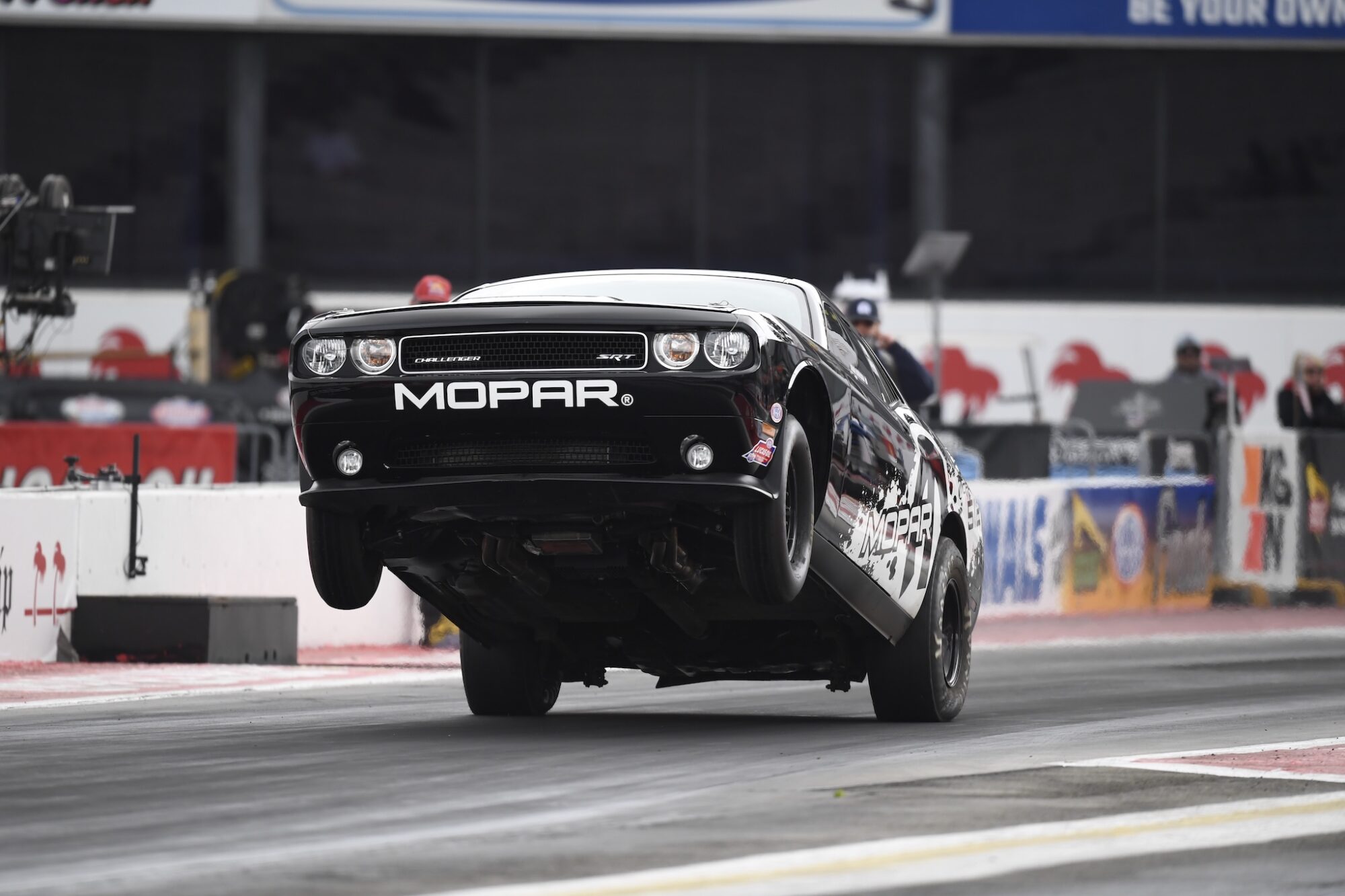
In 2007, a group of engineers and marketing folks at Mopar® explored ways to make a limited-production drag race machine based on the new Challenger that would soon be hitting the showrooms. Named “Drag Pak” by one of the marketing managers, the team went wide open to get a prototype built. However, when it came time to produce the minimum 50 units, many roadblocks impacted the production of the 2009 Challenger Drag Pak. The staff had to settle on offering customers a “roller” (no transmission, rear differential, cage and other items). The buyer could choose one of three factory-installed naturally aspirated GEN 3 HEMI V8 engines (5.7L, 6.1L, 392) for power. There was even a 5.9L Magnum listed but only one or two Drag Paks were built with that engine combination to satisfy the NHRA tech department. The partially finished racecar was sold under a Mopar “P” part number but the reception from racers and potential buyers went lukewarm after the original launch. But the original Challenger Drag Pak got the job done and laid the groundwork for the next generation of factory-built Package Cars and when those obstructions were overcome, the 2011 V10 Viper-powered Challenger Drag Pak would truly be a race-ready machine.
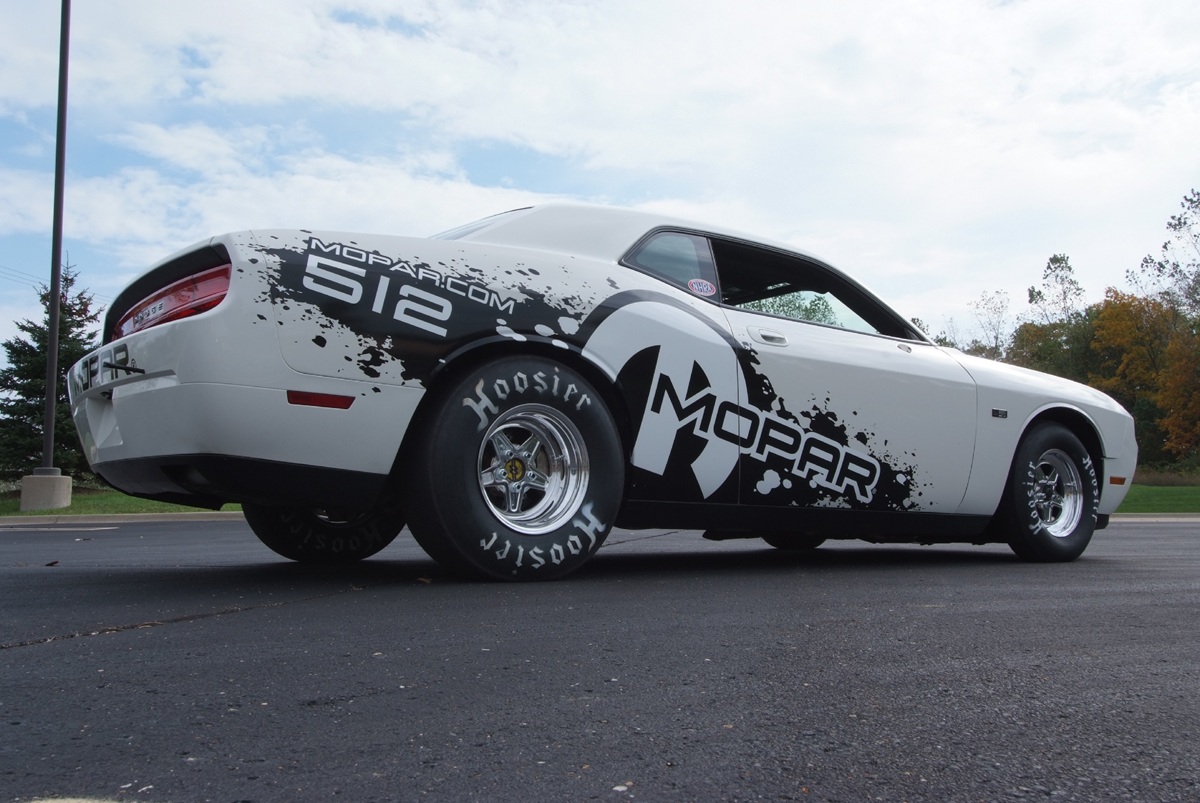
Since both Ford Performance and Chevrolet had raised the horsepower bar by increasing the power on their already stalwart supercharged engines in their Cobra Jet Mustangs and COPO Camaros, something had to be done by SRT® to level the playing field. The HEMI powerplant was a stout piece but was not competitive in a heads-up elimination against the Cobra Jets and COPOs. Since a factory-supercharged GEN 3 HEMI engine was still a few years away, the engineers had to think outside of the box – and quickly. The GEN 4 Viper V10 engine, displacing 512 cubic inches and a soft horsepower rating of 450 was proposed (today, the V10 is currently rated at 518 horsepower in Stock Eliminator, and 489 horsepower in Super Stock). Minor changes were made such as the cam and crank tone rings were used from the GEN 3 Viper V10 engine to accept aftermarket controllers. The program also faced another daunting task, NHRA was demanding the 2011 Drag Pak had to be ready to race as delivered. This was probably due to the pressure from the Ford Performance and Chevrolet Racing marketing execs since they had been selling complete drag race-only Cobra Jets and COPOs since 2008/2009.
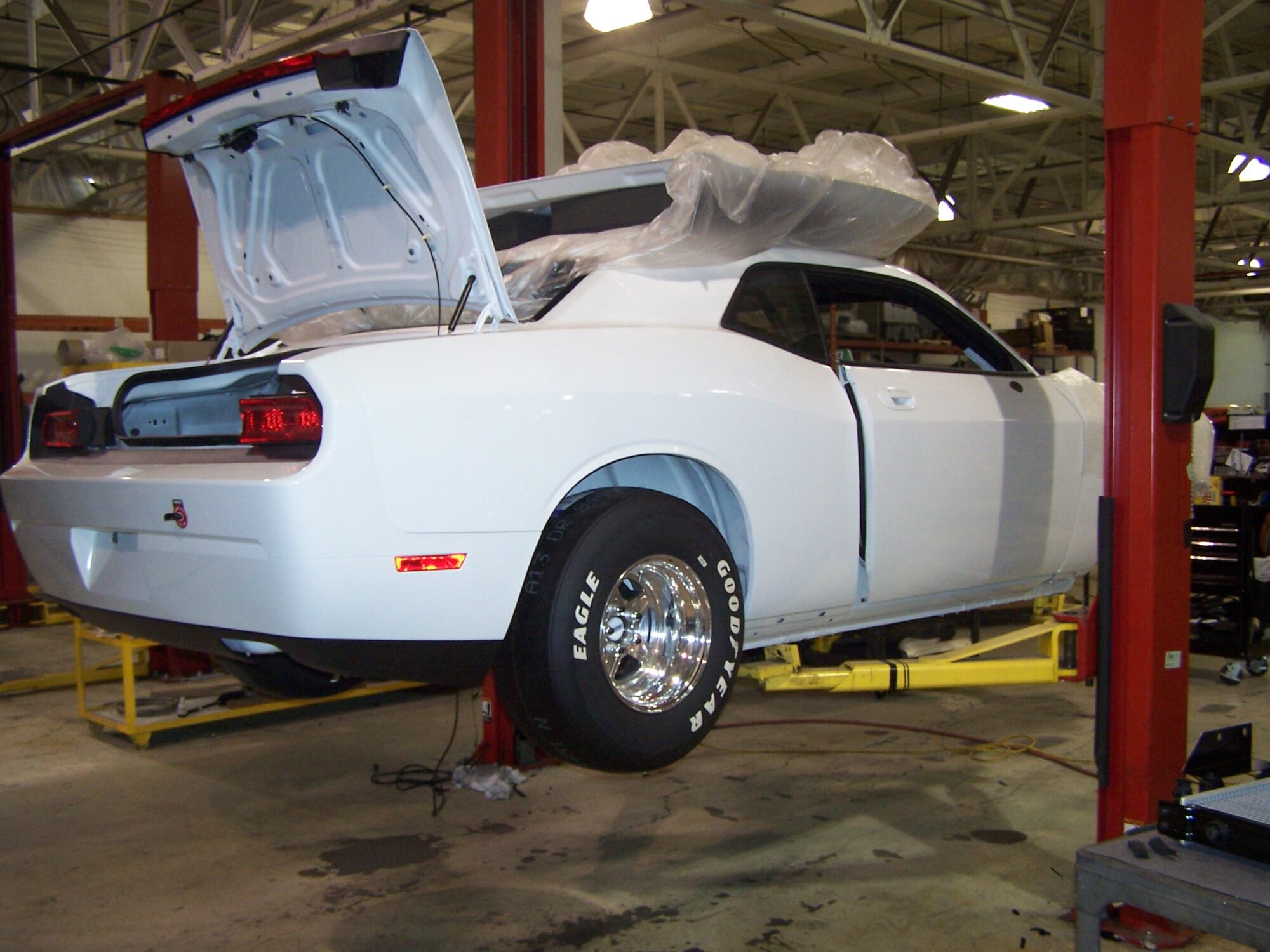
“After the conclusion of the first batch of the 2009 Drag Paks, I realized three things. First, the next generation needed more horsepower to keep up with the competition from the COPO Camaros and Cobra Jet Mustangs. Thus the V10 engine was an interim solution until a supercharged car could be developed. Second, we had saturated the demand for incomplete ‘roller’ racecars, customers wanted more of a ready-to-run Package Car. And third, since there was already an internal engineering exercise with a V10 installed into a Challenger concept, we knew it would fit. Once we internally agreed to what this Drag Pak would be, we had to get NHRA’s blessing and have them approve the combination,” said Stellantis retiree and former Mopar Motorsports Manager, Dale Aldo.
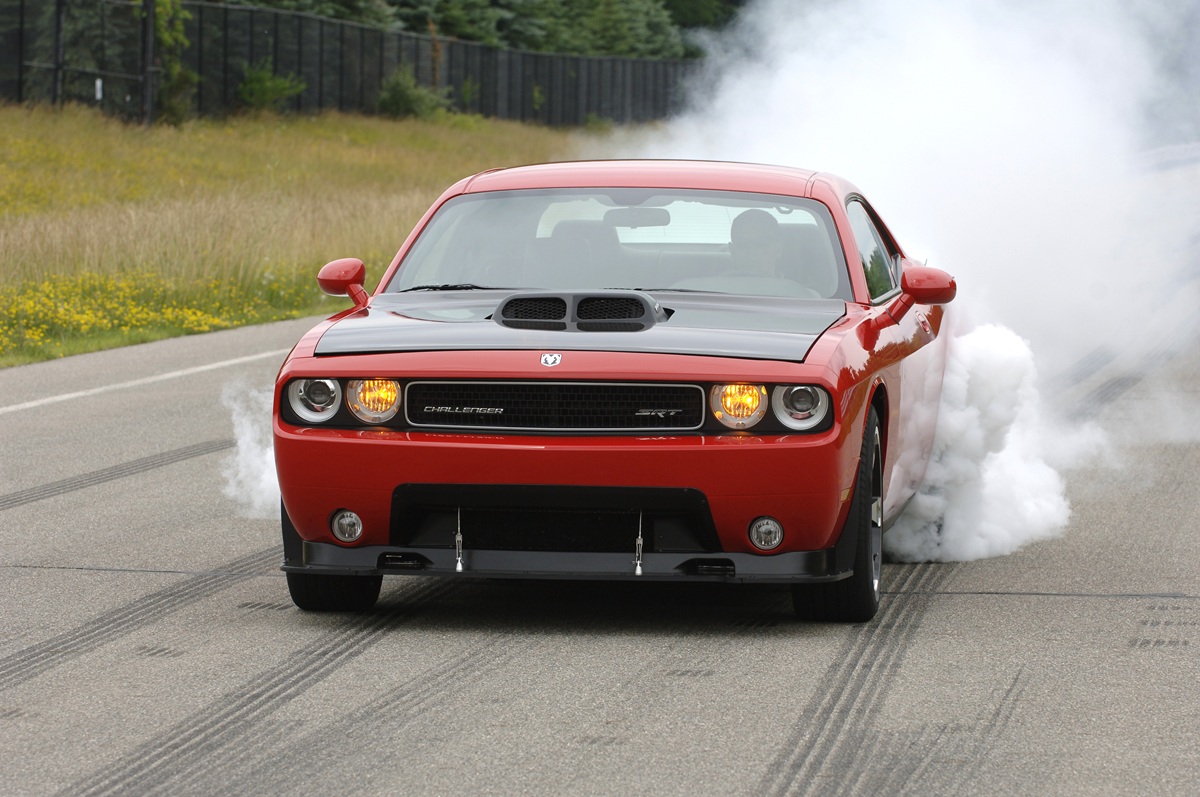
“I proposed to senior management we investigate this for the next generation of Drag Pak and began to form a team of dedicated individuals with the same passion and goals. Like in the old days of Chrysler’s infamous ‘Woodward Garage’ that engineered the iconic 1968 Super Stock HEMI Barracuda and Dart, the V10 Drag Pak prototype was developed offsite in secrecy as this avoided corporate scrutiny. It also saved costs as the V10 Drag Pak prototype was built out of the motorsports budget at the time,” noted Dale. “The V10 Viper Powered Drag Pak did require a host of unique parts but one component that was developed for the 2011 car, the air intake ducting, has been used up to the 2021 354-cubic-inch supercharged HEMI Drag Paks.”
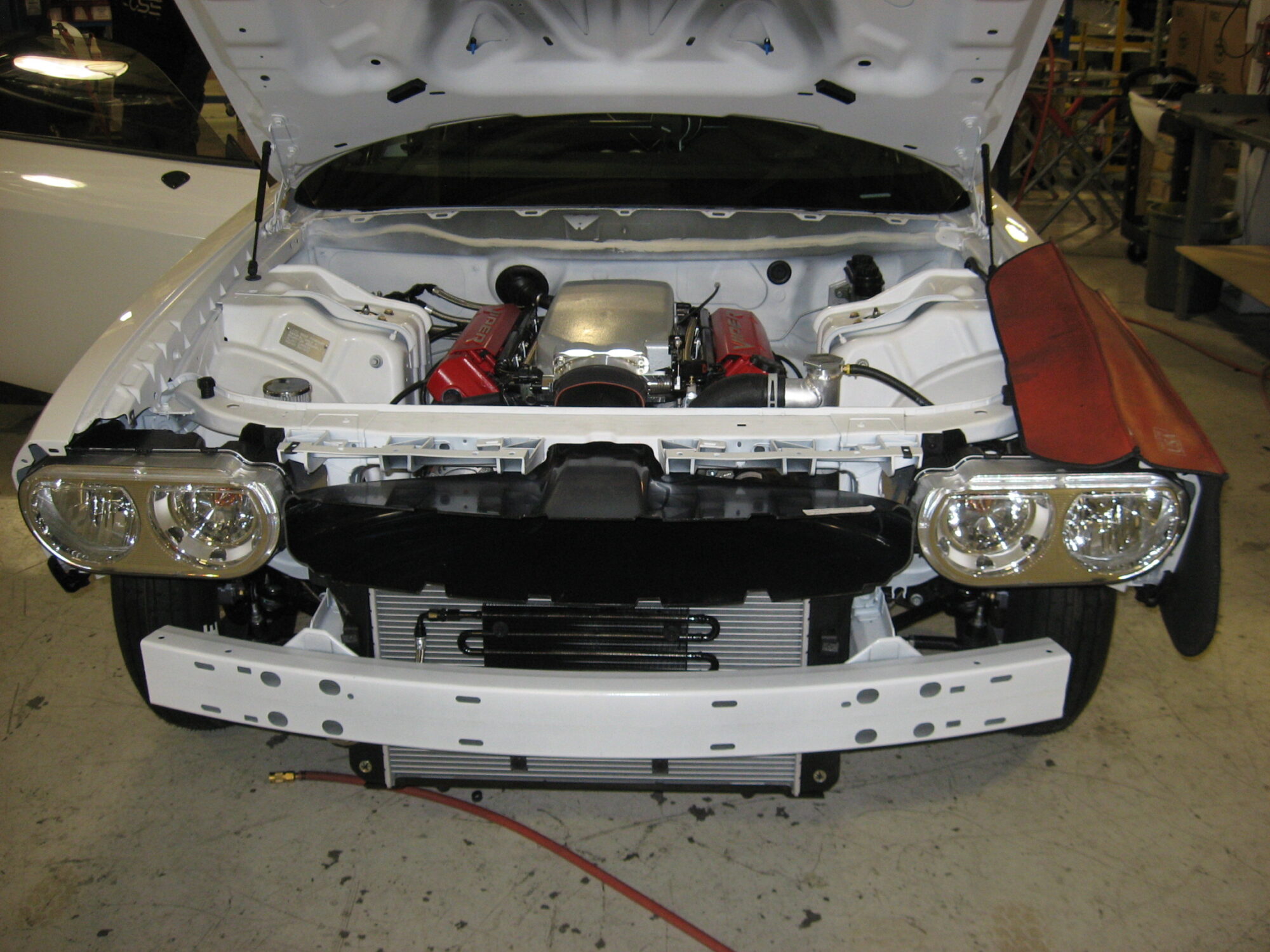
Another Drag Pak team member was engineer Brian Falzon who had been with the program since 2007. “The management at Mopar gave the direction to build a V10 Challenger Drag Pak. I’ll admit, in the beginning, I was skeptical of the Viper V10 as, after all, how many Vipers drag race?” noted Brian. “I didn’t follow the Dodge Viper’s global road racing exploits, it didn’t grab my interest, but I was open to the idea. My heart told me a turbo or supercharger was the way to go, but it wasn’t in the cards. If you can’t run a power adder, then more displacement is the only other option.”
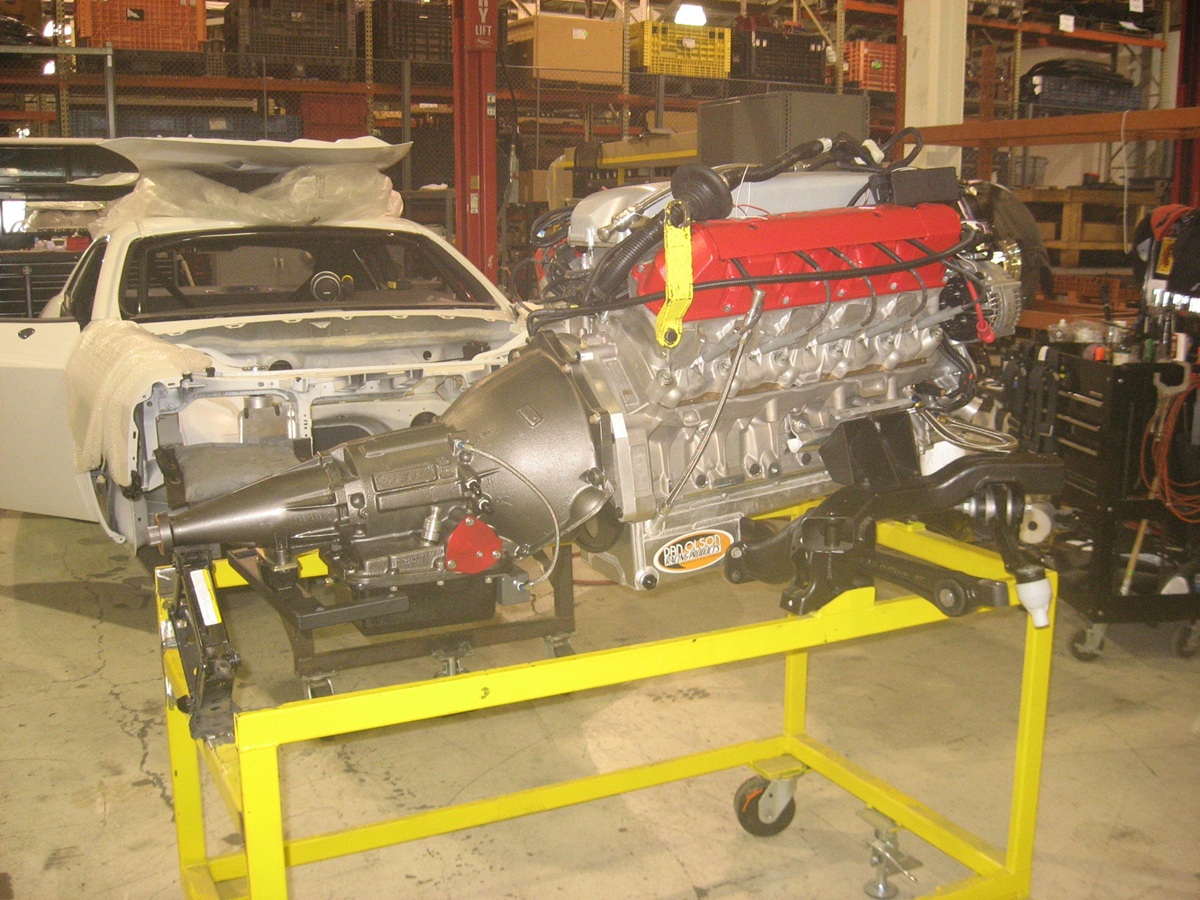
Brian also continued on one of the hurdles the team faced. “The original V10 Drag Pak prototype had a six-speed manual trans, but it was very troublesome and prone to breakage. The V10 engine has an incredible amount of torque and applying any power during a 1-2 shift would blow the tires away. It seemed like it was impossible to feather the dual disc clutch and the gates for 5th and 6th gear kept attracting the shifter like a magnet. All I can say is I’m not a fan of a six-speed for drag racing.”
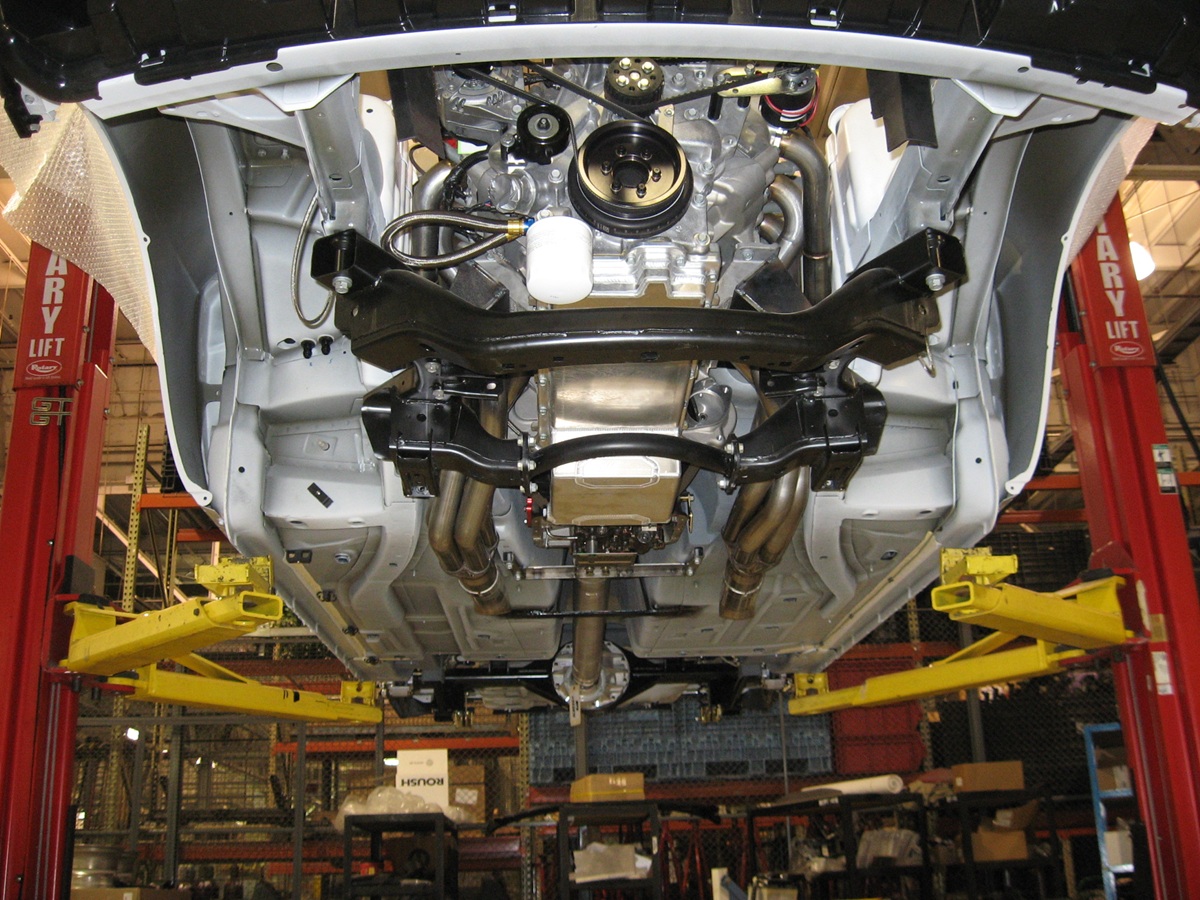
Brian also provided us with some great details on the continuing driveline development and improvement of the overall package. “After the first test session, we regrouped. As most drag racers run automatic transmissions, that reason was very clear to us now. During our discussion, a member indicated ‘There are instances that a three-speed may provide better ETs, but generally two-speed transmission provides more consistency.’ Coupled with the enormous torque of the Viper V10, a two-speed transmission just made a lot more sense. For our second test session, we outfitted the car with a TCI two-speed and switched to a Strange nine-inch differential. Why an aftermarket nine-inch differential? Parts availability and durability. We wanted the best axle for the car!”
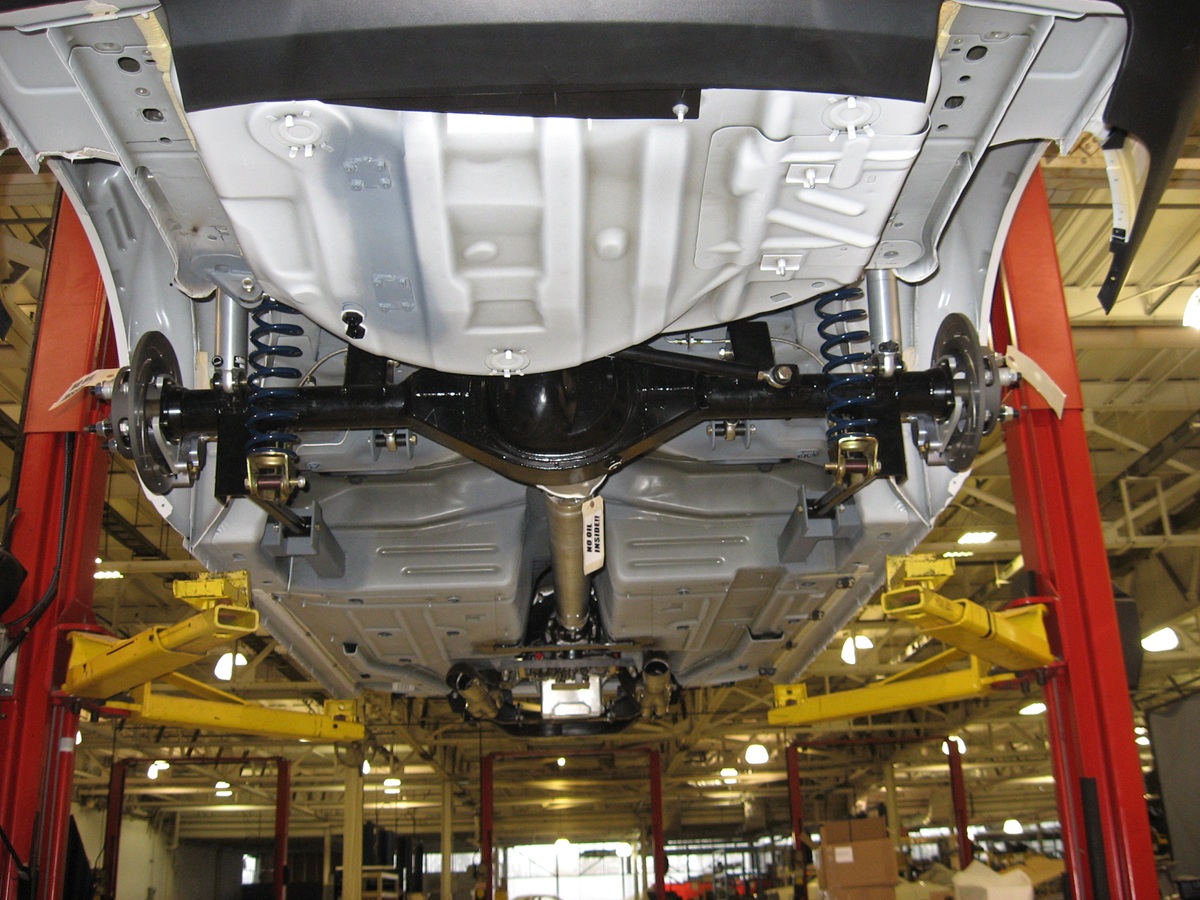
Along with the Viper V10 engine, two-speed TCI Powerglide Transmission, and Strange Engineering Nine-Inch rear differential with a 4:11 ratio, the 2011 Drag Pak had available options. A Mopar graphics kit, Competition Package (composed of a roll cage, safety harness and window net) and optional exterior colors allowed buyers great choices for their unique build. With an original plan to build 50 cars, that number got bumped up to around 70 units for 2011.
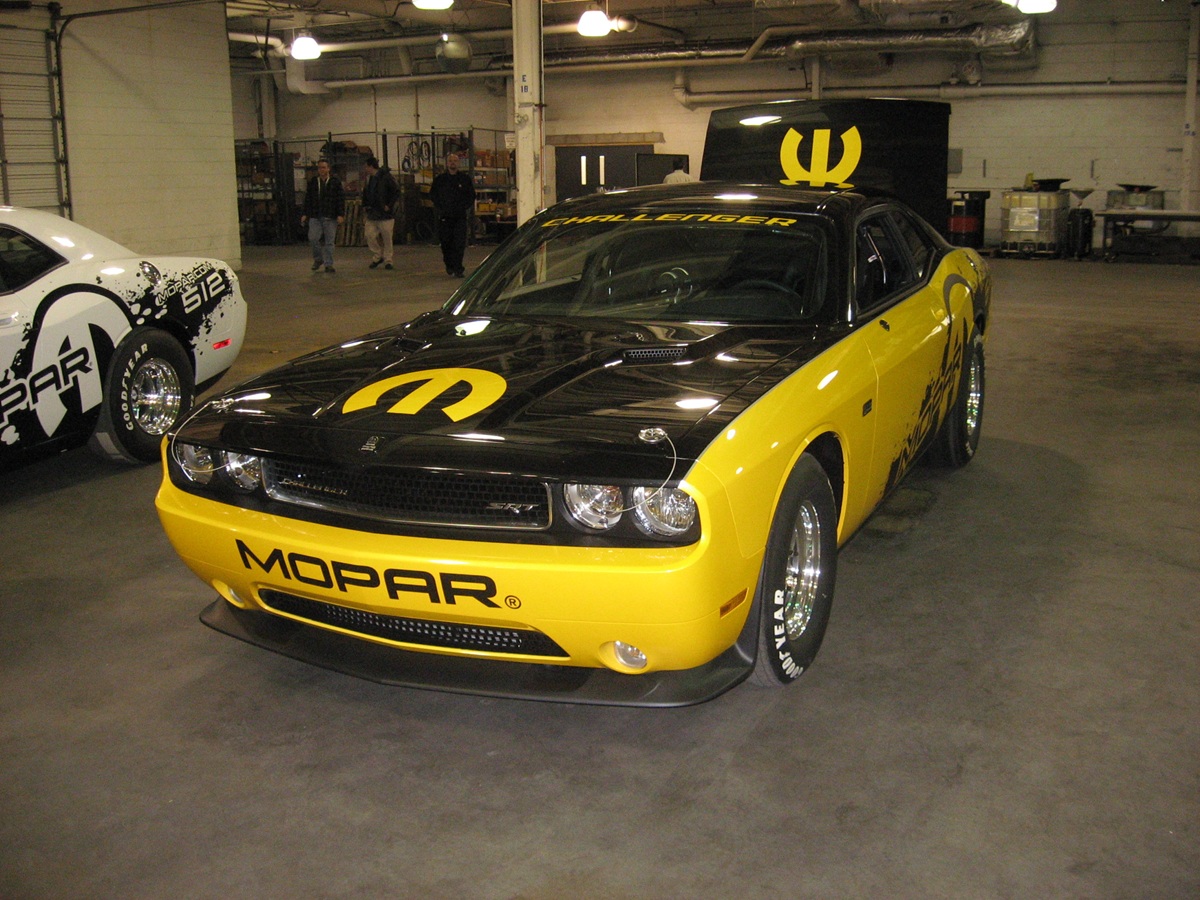
The V10 Drag Pak has been racing for 15 years and has amassed many NHRA Stock and Stock class victories along the way. It even won the Super Car Showdown category during the 2012 American Drag Racing League’s World Finals. But it would take the venomous sting from the Viper-powered machine of John Winslow to finally bring the V10 Drag Pak its first-ever NHRA National Event win! Better late than never, we say!
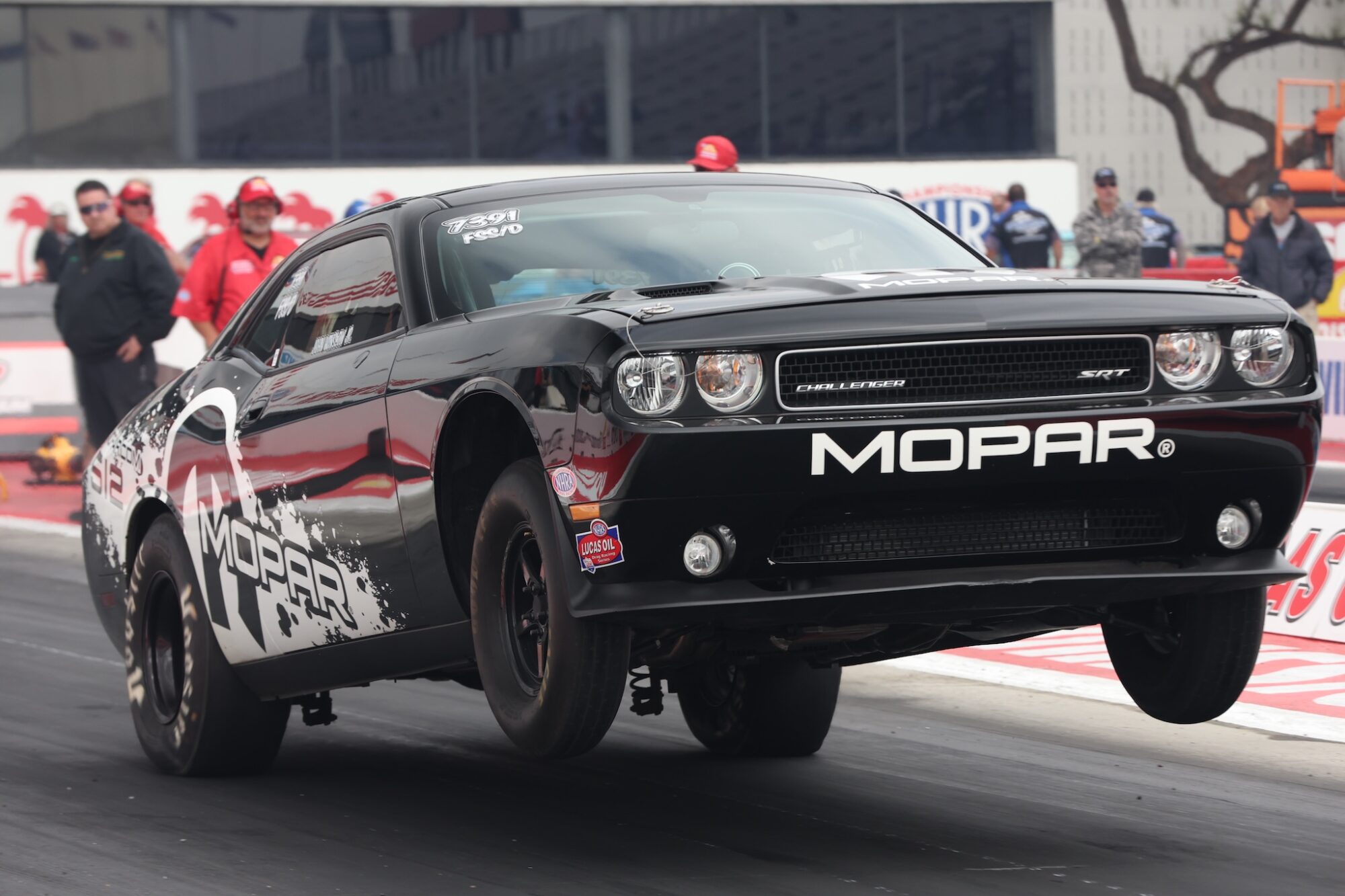
Check out these cool images of the 2011 V10 Drag Pak during development, testing and competition!

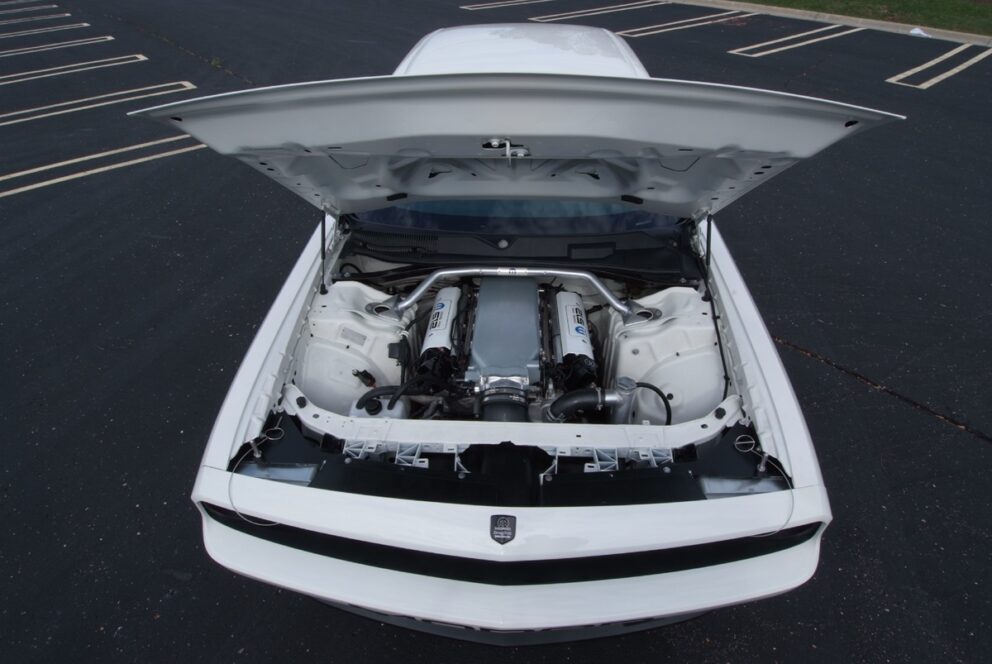
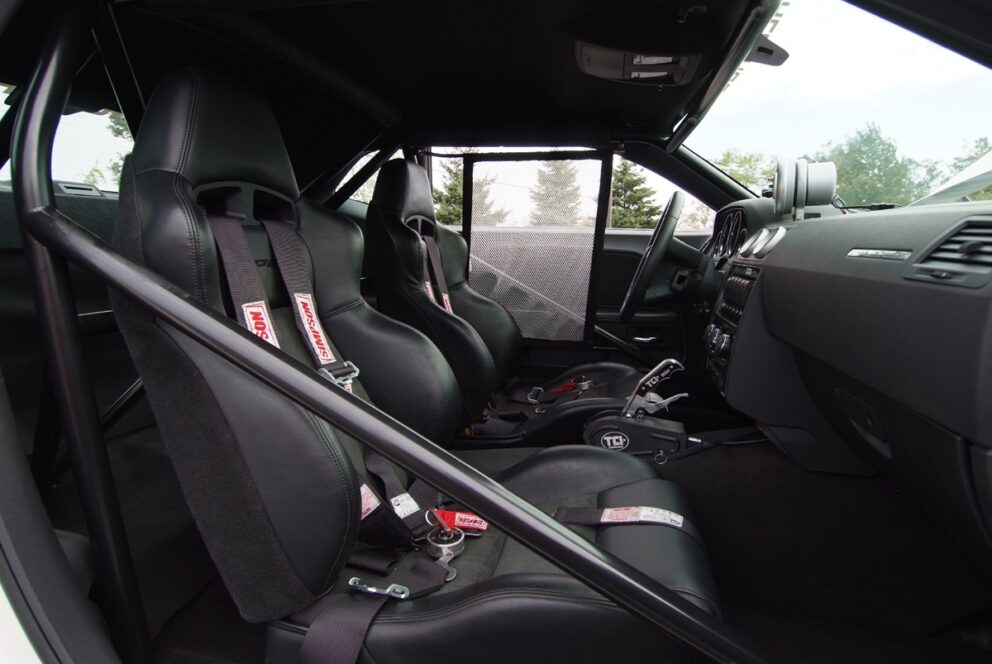
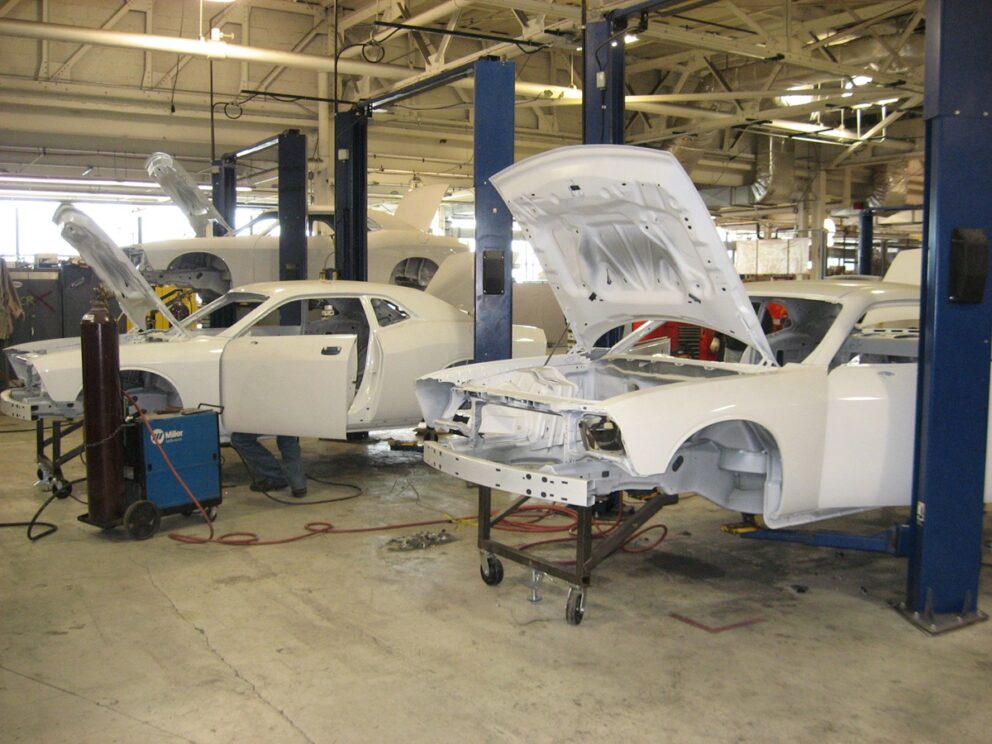

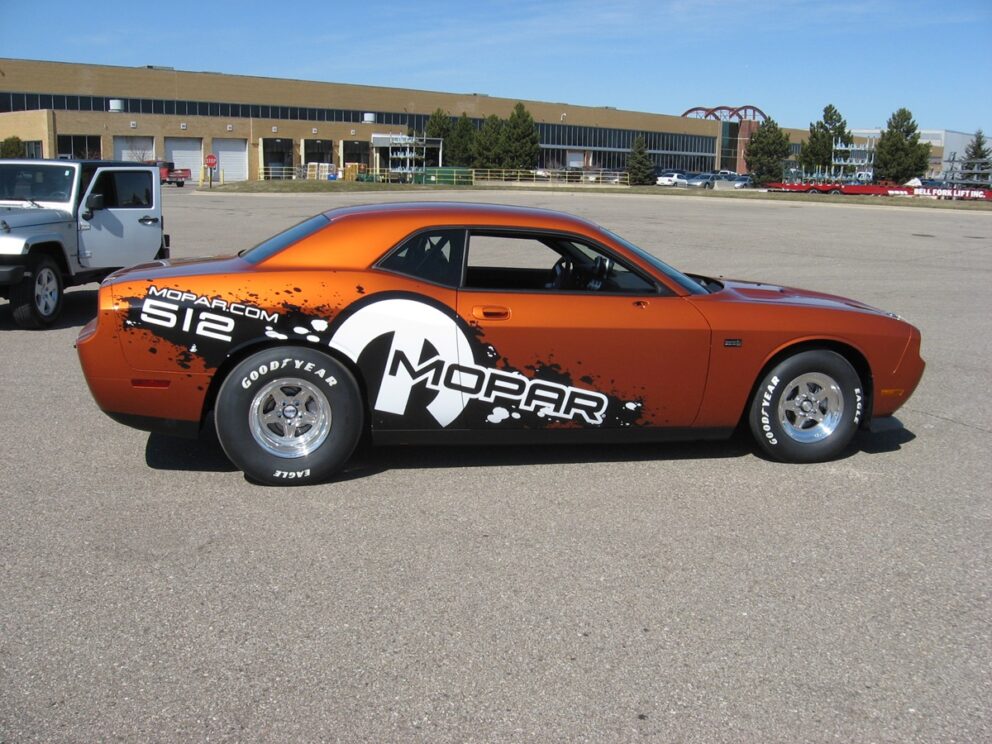
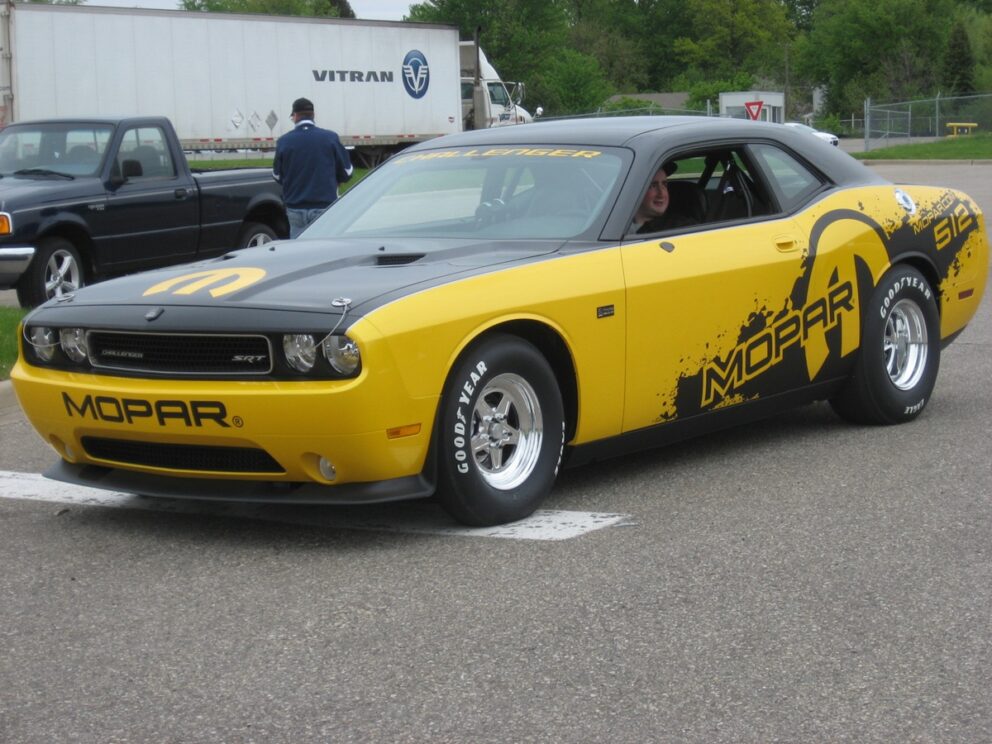

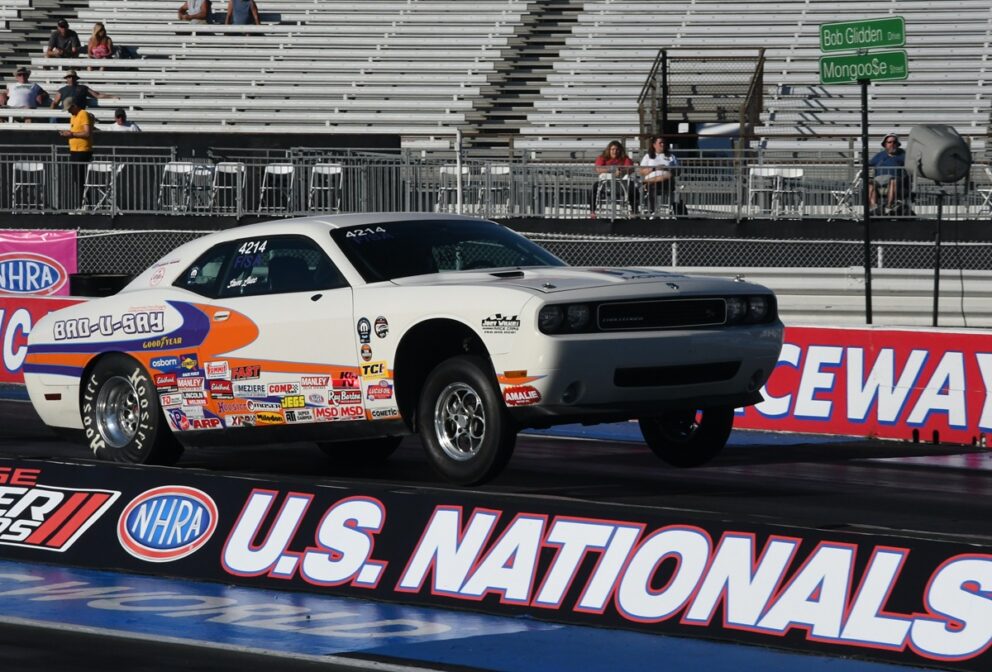
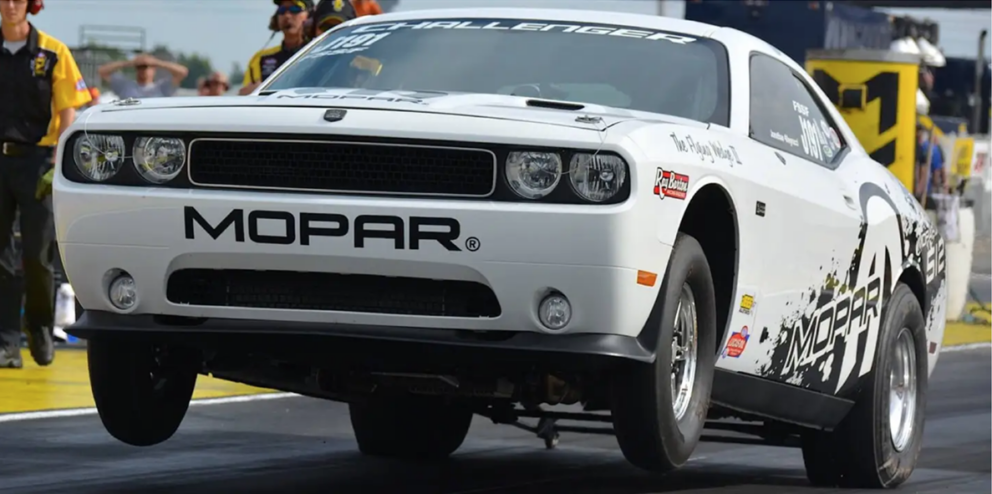


0 Comments